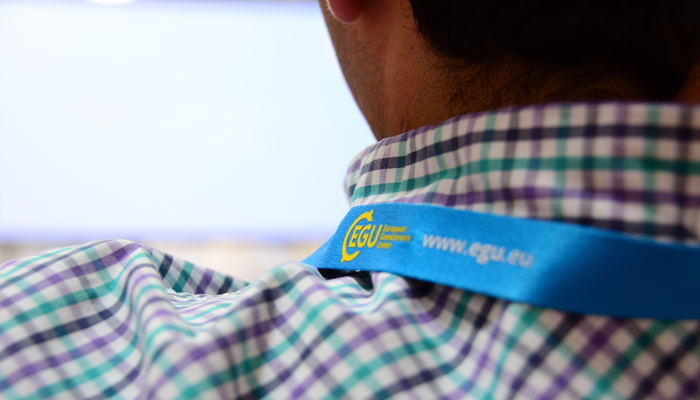
In the run-up to the general assembly in 2017, The geodesy division is looking for a fresh early career scientist (ECS) to take over the role of the ECS-representative. But what comprises being an ECS-representative? And where can you sign up?
Early career scientists represent a significant share of the EGU general assembly attendees. It is therefore desirable to involve this group not only as participants, but also on the division and EGU level. To enable this, every division has assigned an early career scientist representative (ECS-rep), who have contact with the representatives from the other divisions. This allows to gather ideas, issues and thoughts relevant to the early career scientist group and communicate these at an EGU-wide level.
We’re looking for a new geodesy division representative
Since April 2014, I’ve been the early career scientist representative of the geodesy division. However, from April 2017, I will lay down this task and take over the role as the union-wide ECS-rep. It is therefore time to find a enthusiastic candidate for the next 2 years, who can bring her/his own ideas to the geodesy division. A prerequisite is that you fulfill the conditions of being an early career scientist, i.e. the date of obtaining your highest degree (BSc, MSc, or PhD) lies within the past 7 years.
What am I supposed to do?
There are several playgrounds where the ECS-rep is active:
- Communicate with the Geodesy division president and its deputies. This may cover ECS involvement but also programmatic issues, topics such as the division business meeting, and website content.
- Participate with the EGU-wide ECS-rep discussions. We all meet in person during the EGU but several times over the course of the year we set up skype meetings to discuss new ideas, recommendations, questionnaire results, short-course organization and much more. These meetings are essential for the workings of the ECS representation at EGU level.
- Engage in person and over social media with other scientists and motivate them to contribute to the geodesy program and/or social events
- Collect content and contribute to the geodesy blog and twitter account of the division
How did you like being the representative?
I’m obviously biased now, but initially I was a bit skeptical about being involved. I’m now looking back at some valuable years adding to my skillset. I got to know people from other divisions, learned about the workings of the EGU, and got more involved in organizing short courses. Furthermore, contact with the Geodesy division program committee has been very fruitful and I appreciate their openness.
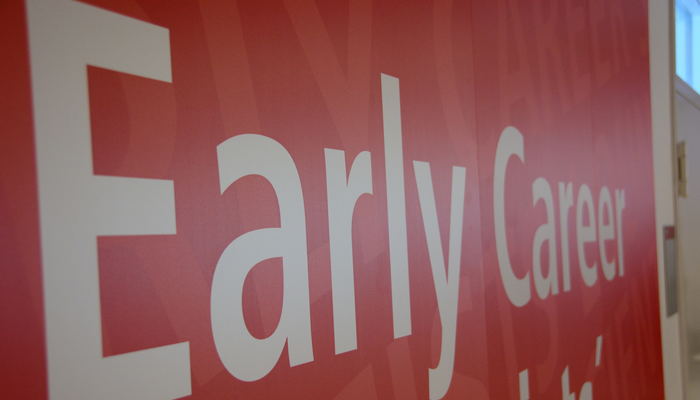
Outside the ECS-lounge. During the general assembly, you can see ample mentions of early career scientists related events and facilities.
Where and when can I sign up?
Please send a brief motivation letter and a CV to the current geodesy division president, Michael Schmidt, at g@egu.eu. Deadline is the 31st of March 2017. If you have any further questions or if you want a first hand report, you can also contact me under ecs-g@egu.eu or on twitter.


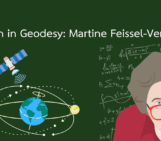
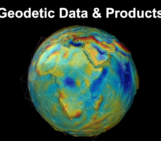
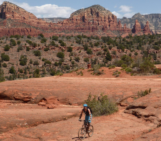
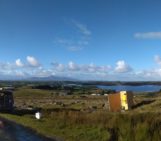
Pingback: GeoLog | Get involved: become an early career scientist representative
Pingback: GeoLog | Get involved: become an early career scientist representative - GeoLog